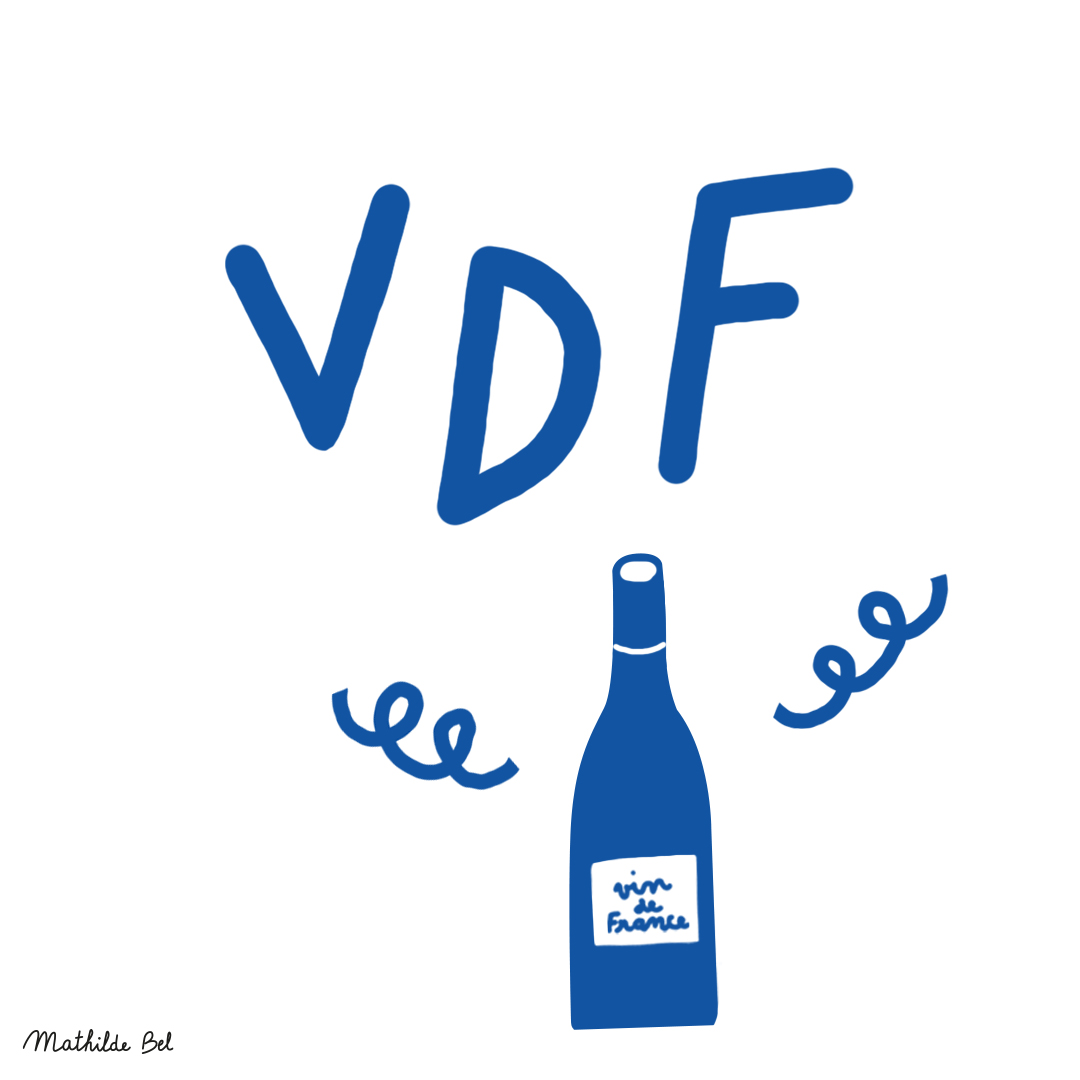Petit Manseng de France
Wines color
Taste profile
Sweetness
Body
Acidity
Tannins
Alcohol
Table of contents
Encyclopedia
Origin
Petit Manseng is a variety from the region of Béarn, in southern France, in the region of Pau. It is similar to Gros Manseng, but produces wines that are very different.
Aromas
This highly aromatic variety stands out through its peach, citrus, cinnamon and medlar notes. A range of exotic fruits (mango, passion fruit and pineapple) round out Petit Manseng's aromatic profile.
Wines profile
Petit Manseng is remarkable in its great capacity to concentrate sugar in its berries during ripening while maintaining extremely high acidity. It can thus naturally be used to produce very flavorful, excellent quality liqueur-like wines. These wines, produced on a small scale, can be kept for years and are amongst the leading stars of the sweet wines category.
Cultivation areas
Petit Manseng is the most noble, most legendary grape variety of Béarn, as a few drops of this nectar were poured for the baptism of future King Henri IV. It is thus at the heart of this region’s vineyards, which today include the southern part of the Gers region. It is also found in vineyards near the French Basque country, not far from Saint Jean de Luz. This well-loved variety is also planted in the area between Nimes and Narbonne and even in other countries, introduced by emigrant Basque families. Nevertheless, only small quantities are grown in France even though production continues to increase.
Precocity
Petit Manseng buds relatively early, only 2 days after Chasselas, the benchmark grape variety. However, it ripens much later, some 4 1/2 weeks after Chasselas. It is thus a Period III grape variety, requiring a long time to reach full ripeness.
Vigor
Petit Manseng is a vigorous grape variety, and to limit both its productivity and the risks linked to excess humidity – Béarn is a region with abundant rainfall - it is trained in high, relatively long vine stocks (called Hautains - meaning “haughty” in French - because they reach 1.70 meters in height). This type of vine training also helps to minimize the risk of freezing during budding. Petit Manseng's production is generally low, due to the small size of its grape bunches. When it is used for sweet wines, yields can be as low as 15 hectoliters per hectare.
Soils
Petit Manseng grows well in deep soils with rounded stones, which explains why it is so abundant in the Pyrenean Piedmont, in deep, well-drained soils.
Climat
Petit Manseng, which buds early but ripens late, requires climates with long summers and beautiful Indian summers. Southwestern France, renowned for its dry, sunny autumns, enables long ripening, which can continue all the way into December to give extraordinary sweet wines.
Susceptibility to diseases and pests
This variety is highly resistant to gray mold. This lends it the capacity to continue ripening extremely late, which enables high sugar concentration.
Use
Petit Manseng is used only to produce wine, and is particularly suited to the production of sweet, liqueur-like wines.
Descriptive elements
Petit Manseng can be recognized mainly by its small bunches and very small berries, which lend the variety its name. Its adult leaves are round (orbicular) and most often whole, without clearly distinguishable lobes. When 5 lobes can be distinguished, the lateral sinuses are very shallow. The tips of its young shoots are densely covered with flat-lying hairs, and its young leaves are yellow with slightly bronze-colored patches. The adult leaves are characterized by a U-shaped petiolar sinus that is slightly open or slightly overlapping lobes. The teeth of the leaf blade are generally short with rectilinear or convex sides. As well, there is little anthocyanic pigmentation of the veins at the petiolar point. The leaf blade is slightly revolute and its underside has sparse upright and flat-lying hairs.
Clonal selection in France
The three approved Petit Manseng clones (specifically named Petit Manseng B) are numbers 440, 573 and 1107. More than 100 clones were planted at a conservatory in the south of Pau (Pyrénées-Atlantiques) in 1996.
